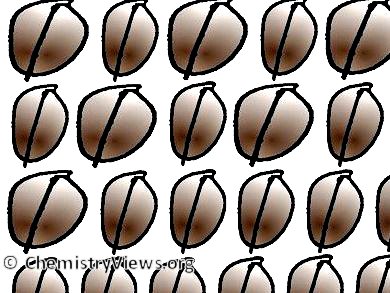In a high-value market like Arabica coffee, food-fraud by adulteration or contamination with coffee beans of inferior quality such as Robusta (Coffea canephora var. Robusta) happen not infrequently. Isotope ratio mass spectrometry (IRMS), electron spray ionization mass spectrometry (ESI-MS), gas chromatography–mass spectrometry (GC-MS), Raman spectroscopy, near-infrared spectroscopy (NIRS), and nuclear magnetic resonance spectroscopy (NMR) have been used with varying degrees of success to control the quality of coffee beans.
Julien Wist, Universidad del Valle, Cali, Colombia, and colleagues from Columbia and Germany, have combined 1H NMR and a trained expert system to differentiate coffee samples from one country against all others, including its closest neighbors. Precision rates are very high, the process is fully automated, and the samples are prepared in non-deuterated methanol which is needed for other techniques.
The team says that their method is a cost effective opportunity for countries to protect their national productions, however, more research is necessary before it can be used on a large scale and also the effects of post-harvest yeast fermentation of the coffee beans can be checked.
- Coffee’s country of origin determined by NMR: The Colombian case,
V.A. Arana, J. Medina, R. Alarcon, E. Moreno, L. Heintz, H. Schäfer, J. Wist,
Food Chem. 2015, 175, 500–506.
DOI: 10.1016/j.foodchem.2014.11.160
Also of interest
- Espresso Crema,
ChemViews Mag. 2014.
DOI: 10.1002/chemv.201400062
Why does an espresso need a crema and how should it look like? - Espresso – A Three-Step Preparation,
Klaus Roth,
ChemViews Mag. 2010.
DOI: 10.1002/chemv.201000003
Klaus Roth proves that no culinary masterpiece can be achieved without a basic knowledge of chemistry




